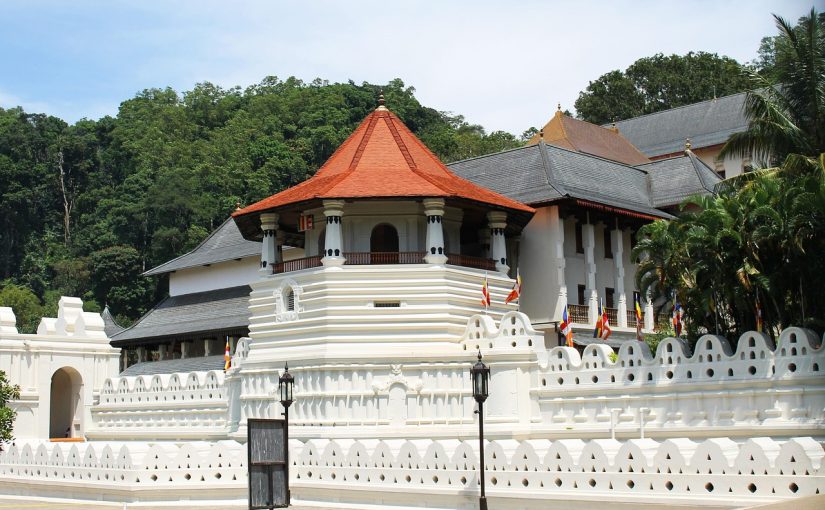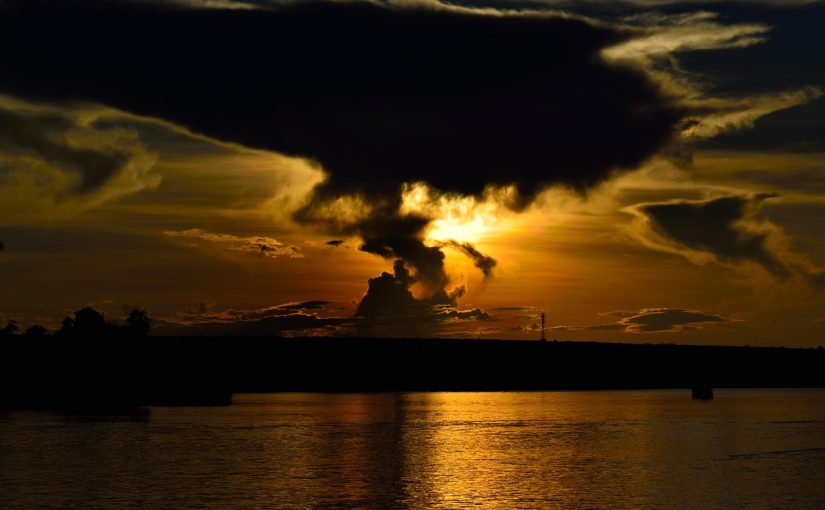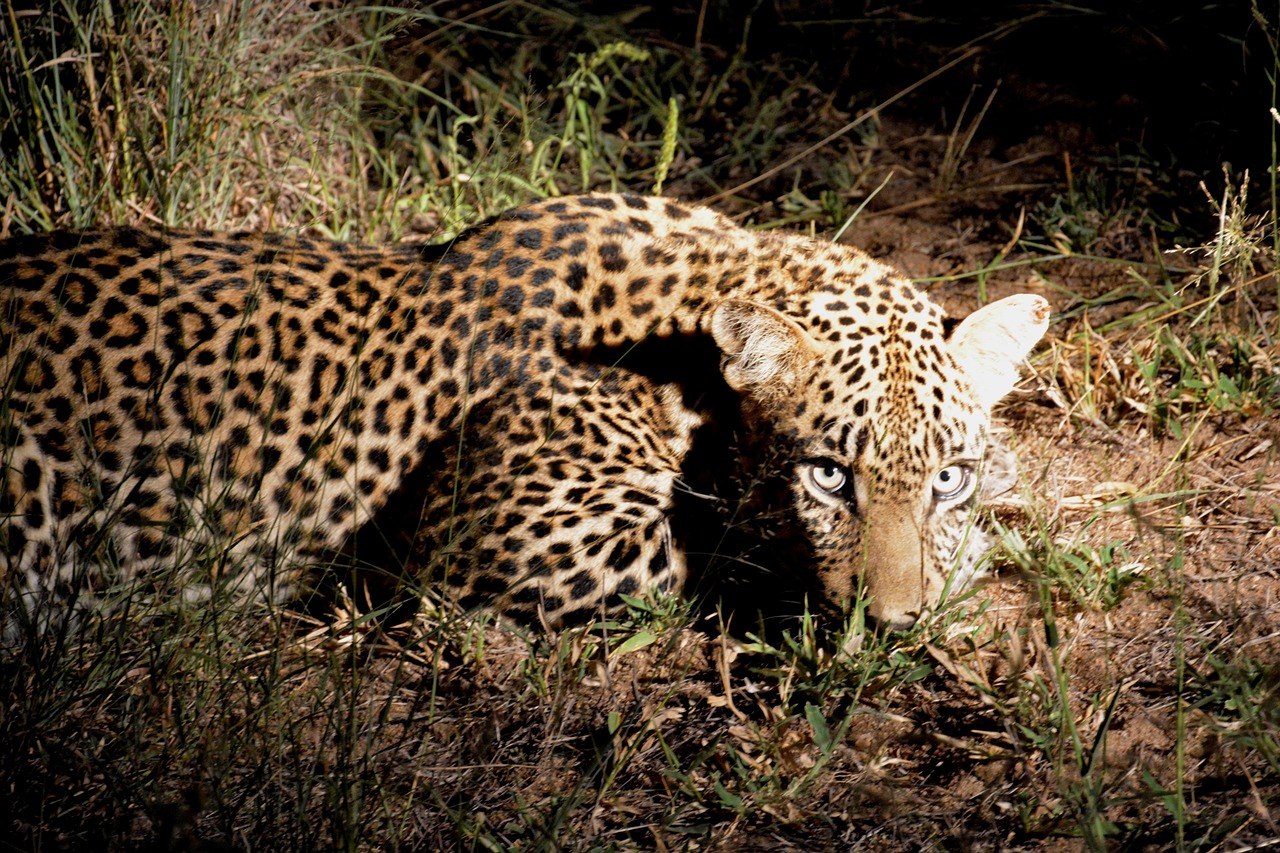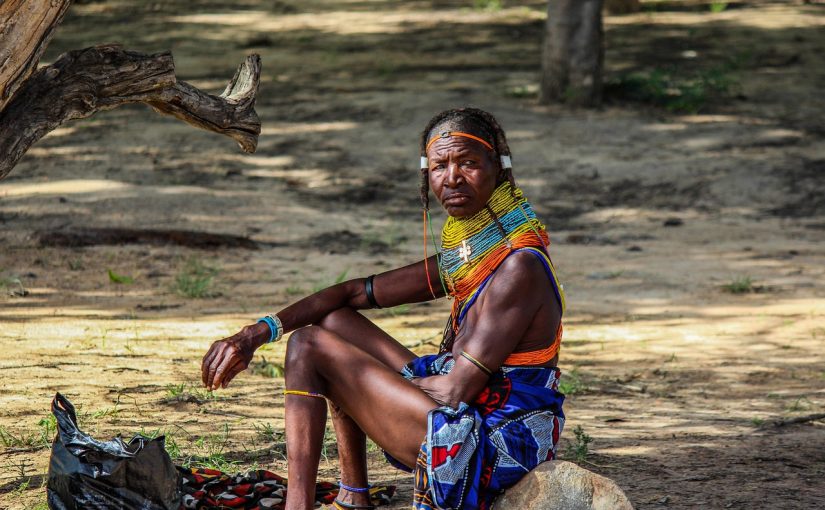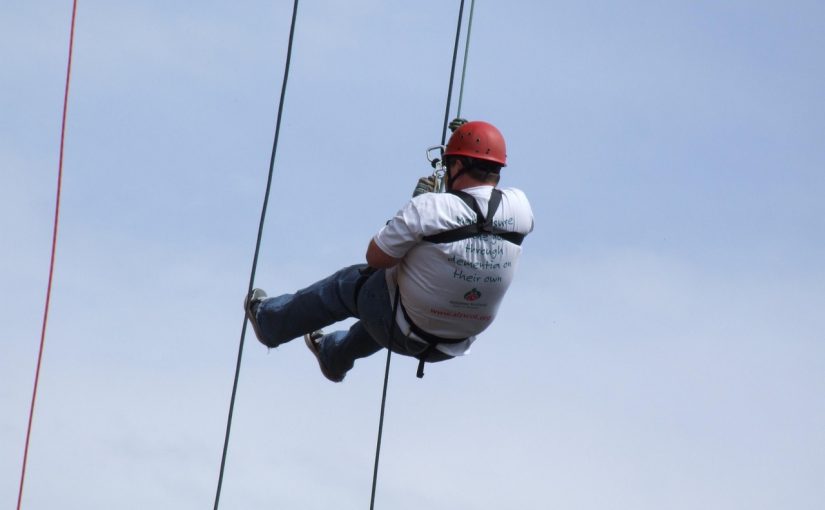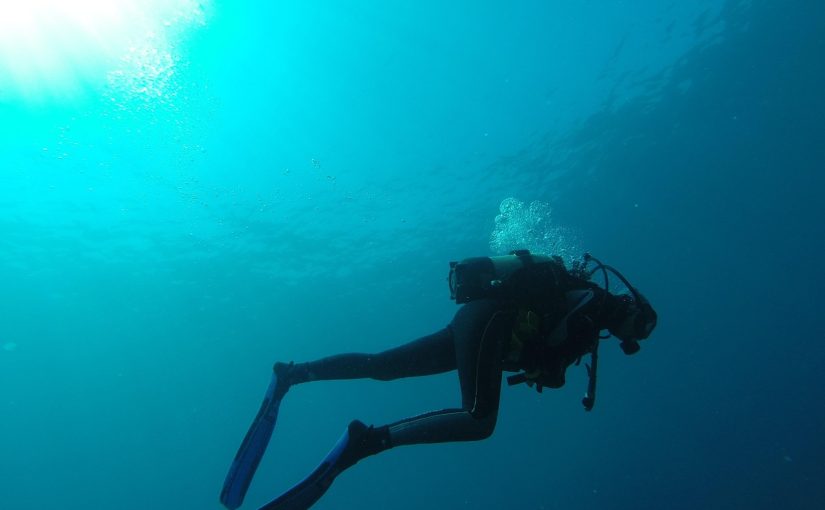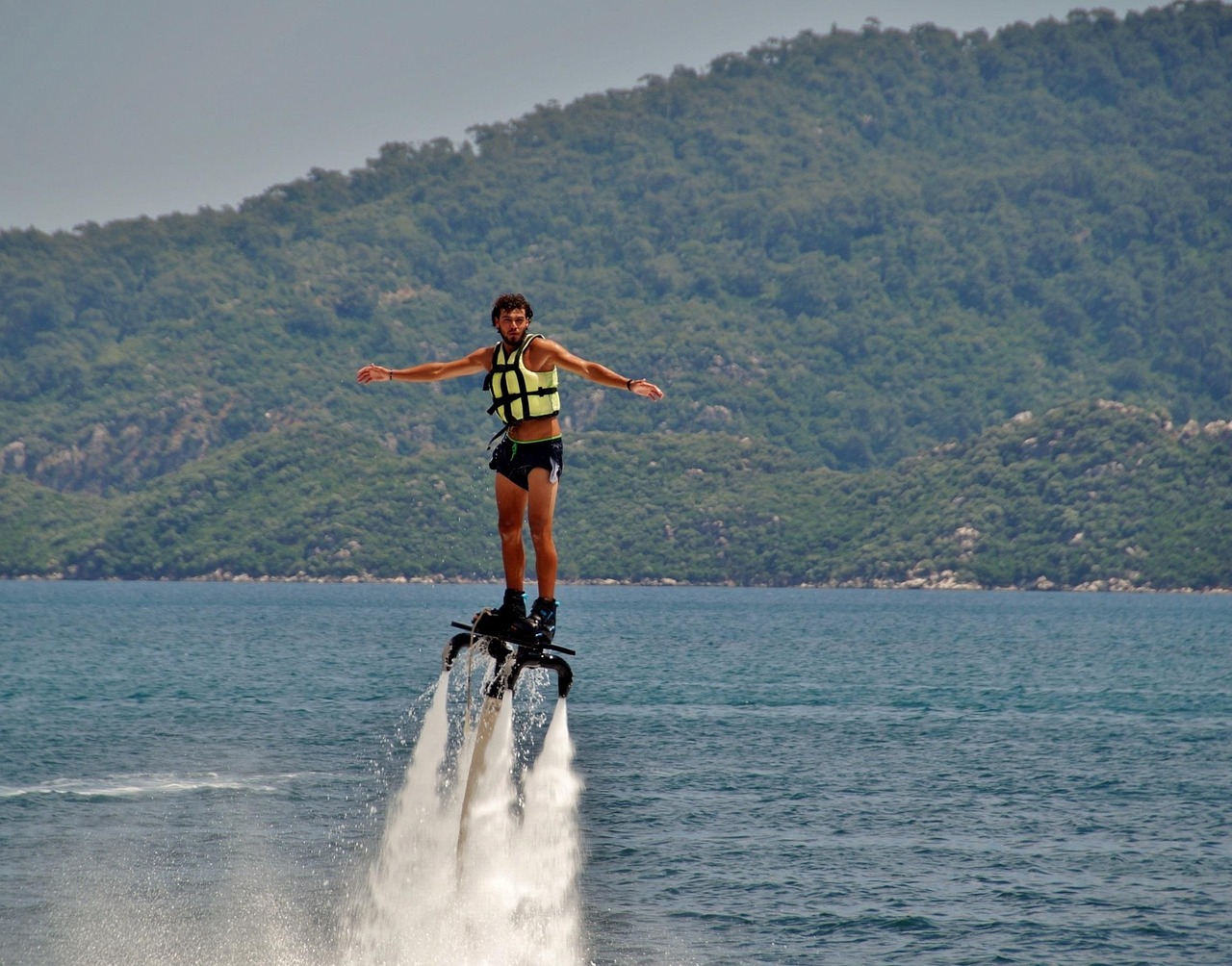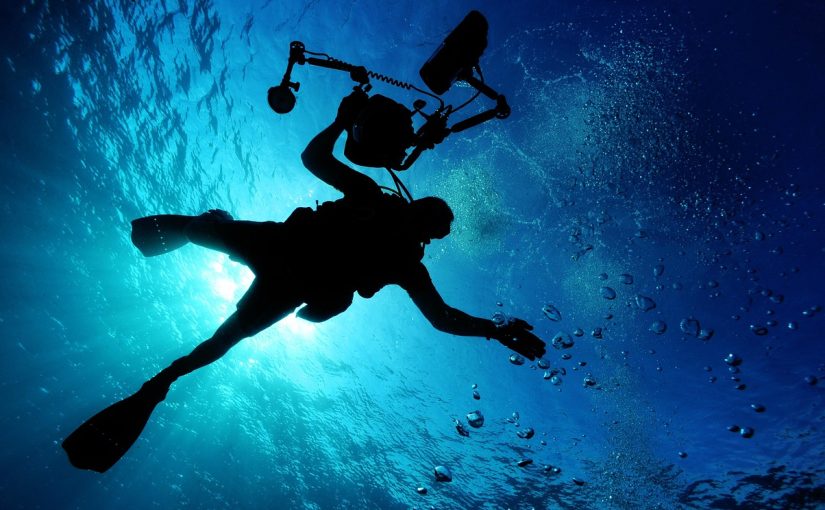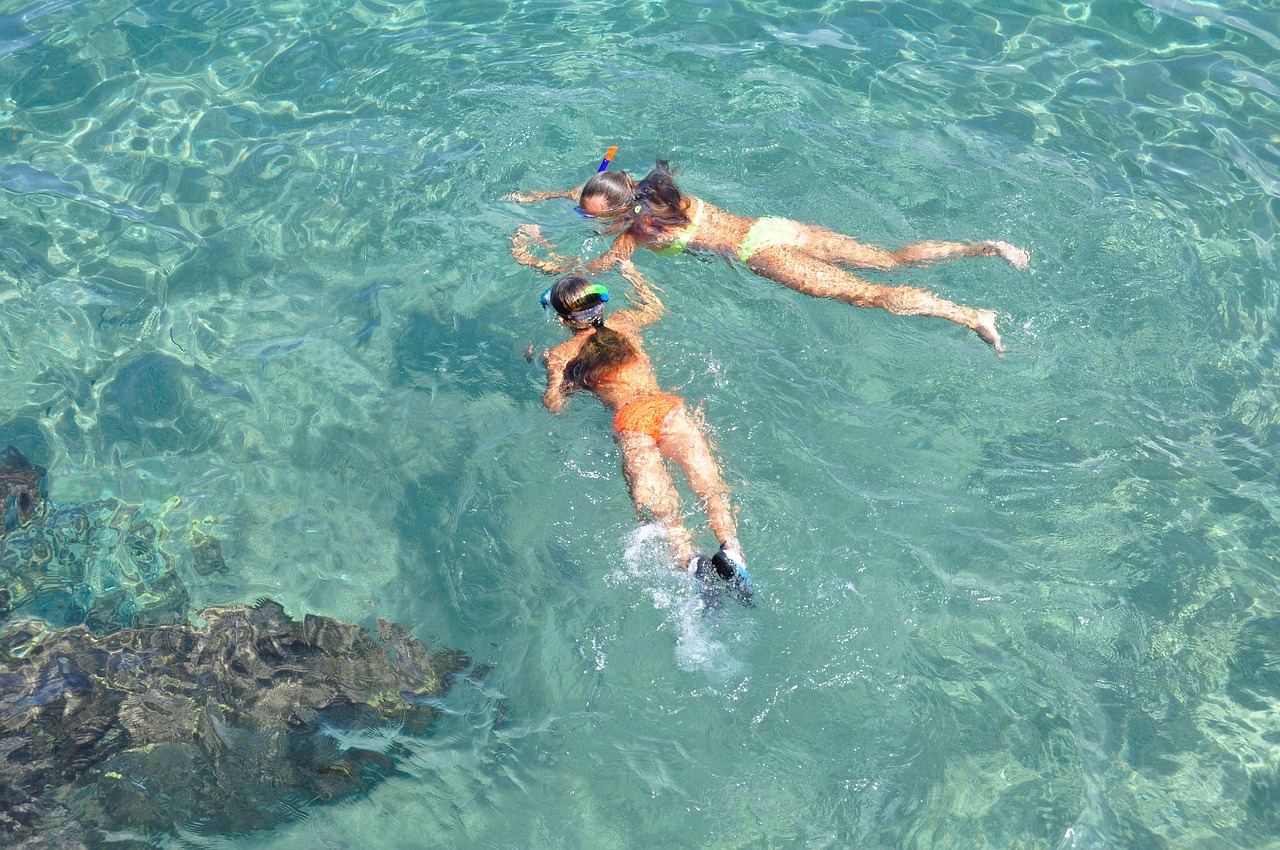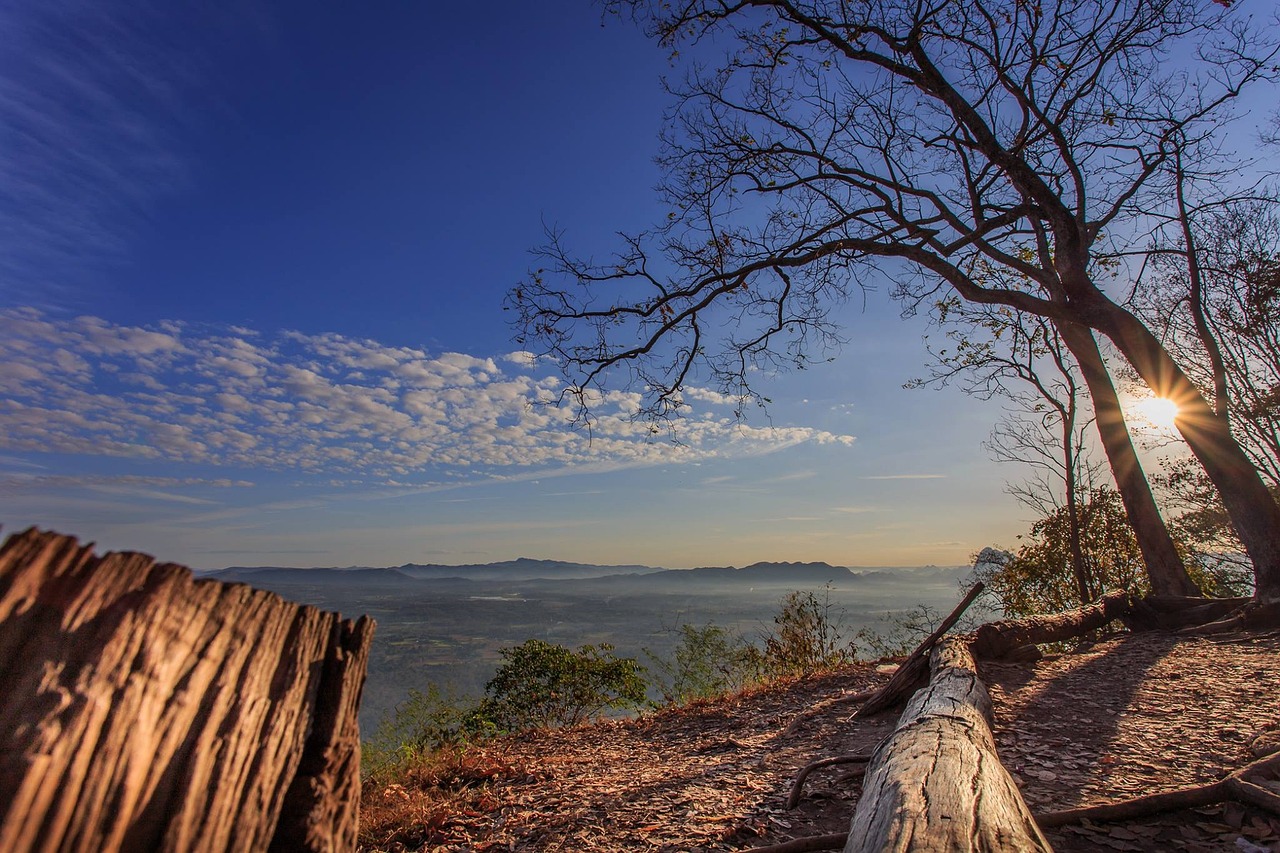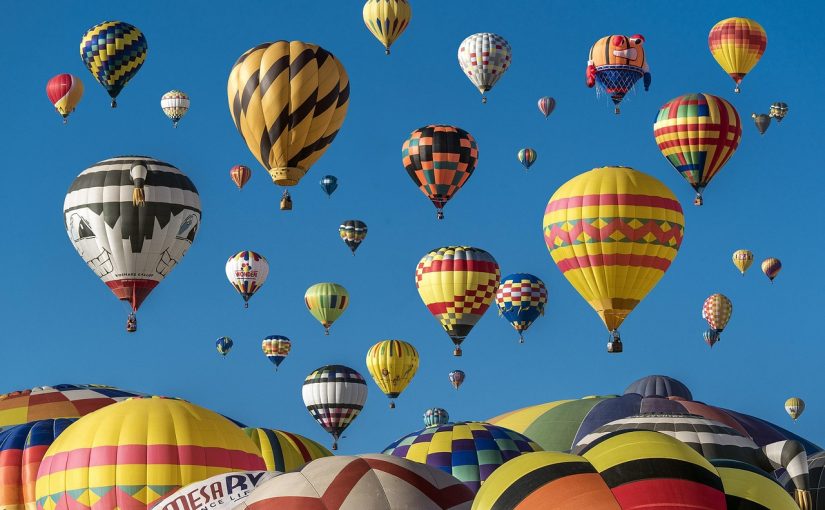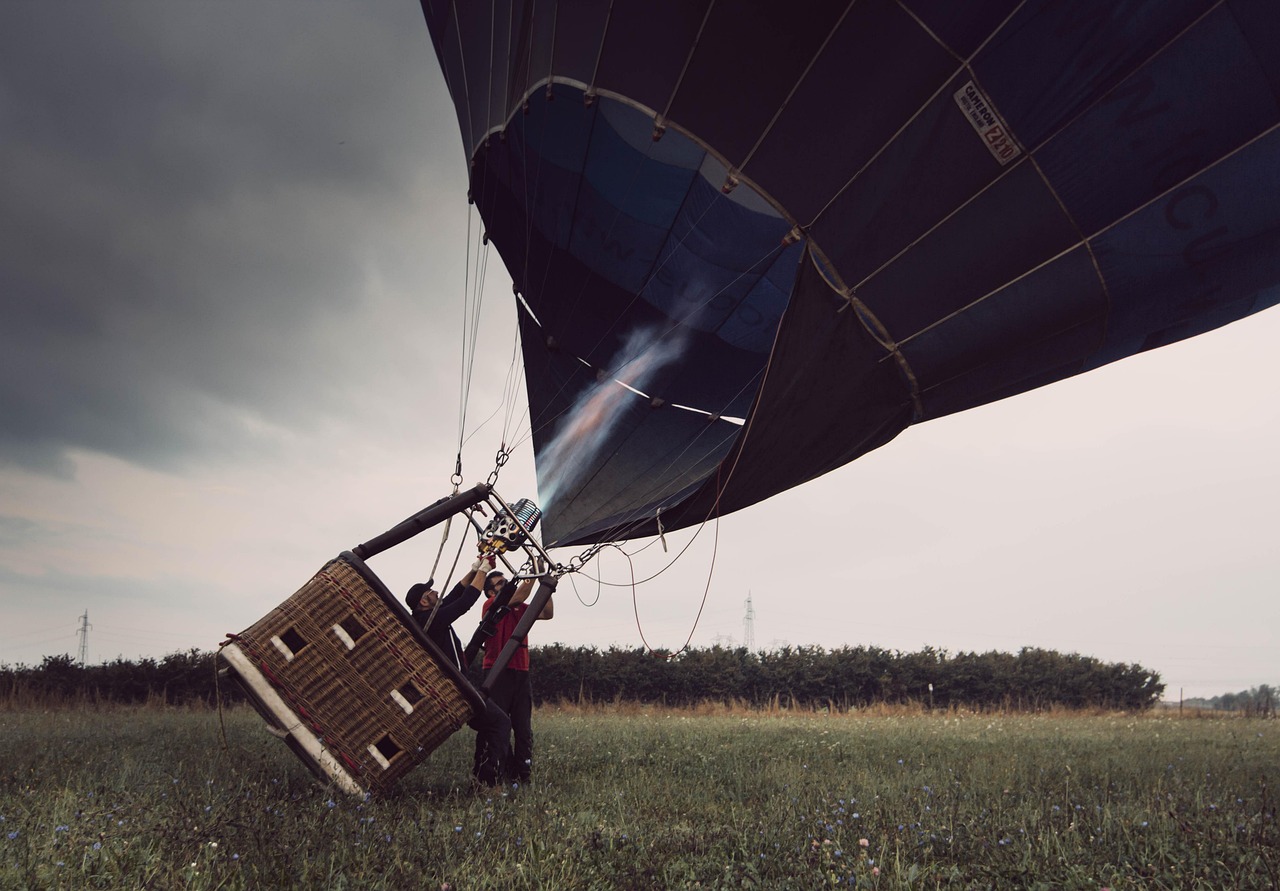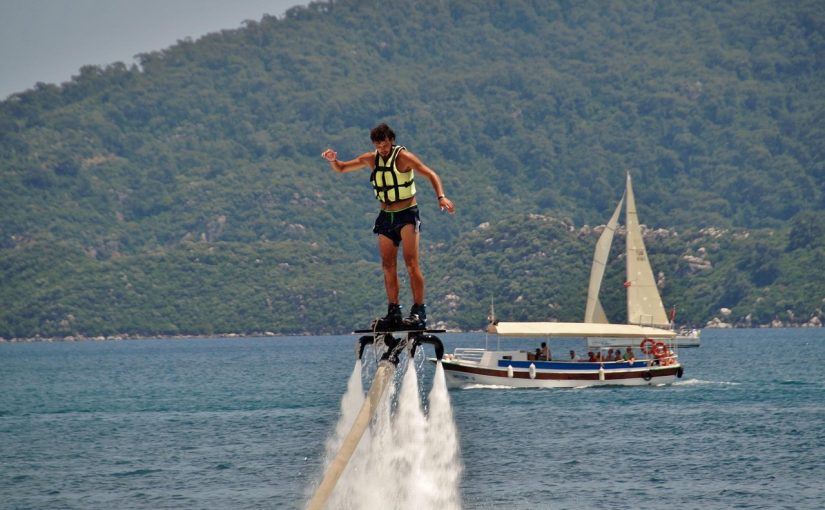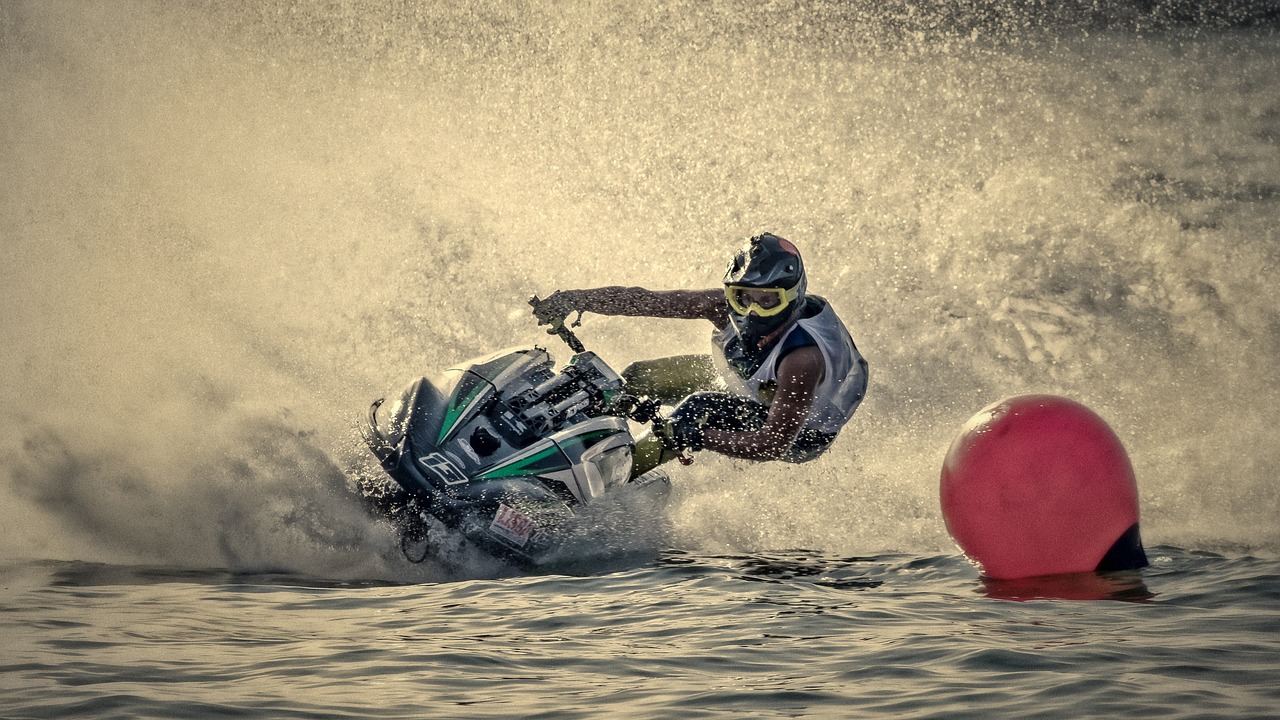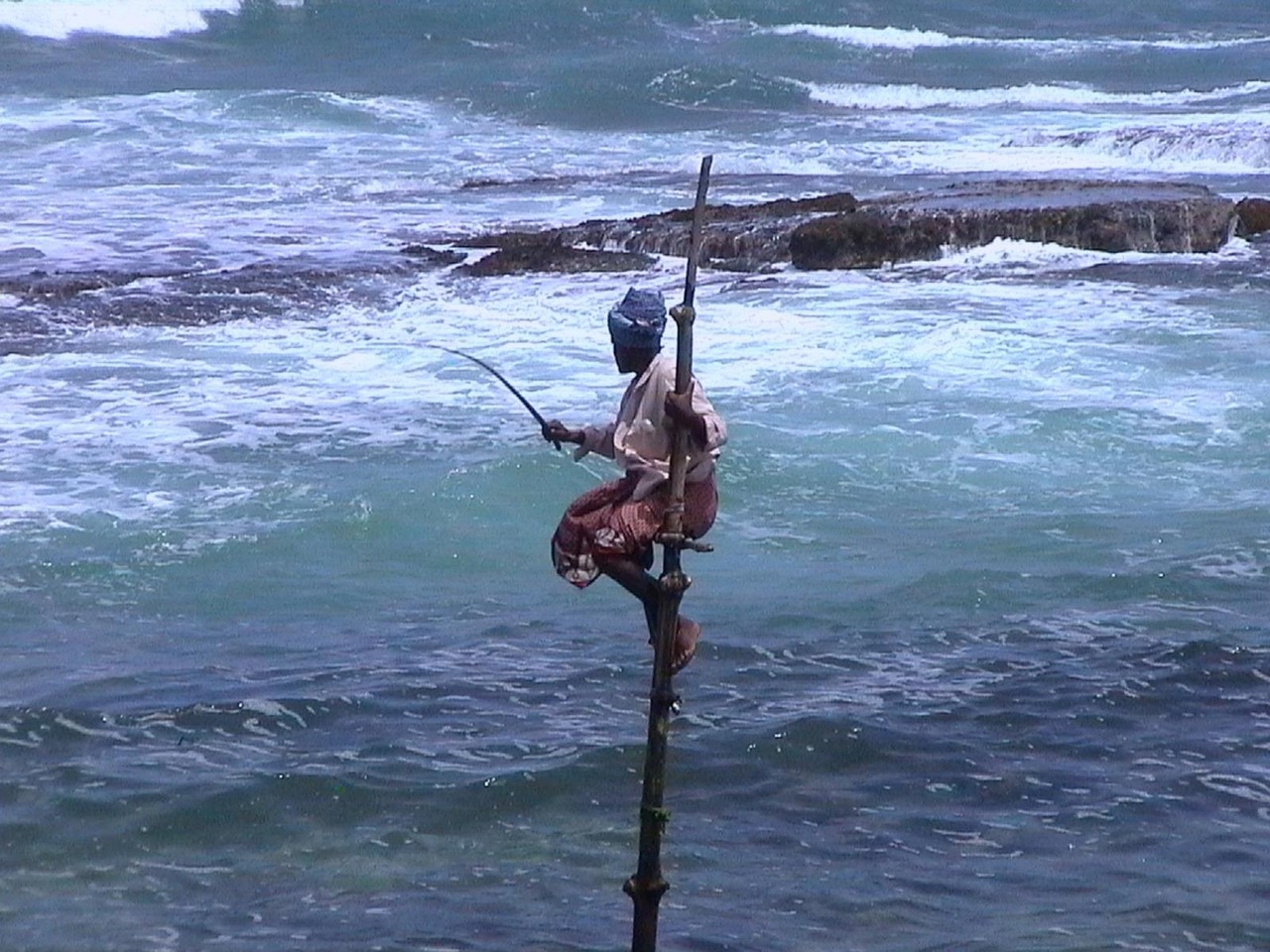Kandy’s charm goes beyond its temples and city streets. Just outside the busy centre, locals escape into green trails that wind through hills, forests and waterfalls.
Udawatta Kele Sanctuary – A Forest Within the City
This peaceful forest reserve sits just behind the Temple of the Tooth. It’s one of the oldest places to visit in Kandy, Sri Lanka, known for its canopy walks and birdwatching spots. Locals enjoy the quiet here, especially early in the morning when the air feels fresh and cool.
Hanthana Mountain Range – For the Adventurous
Just a short drive from the city, Hanthana’s hills offer a mix of easy walks and tougher climbs. With peaceful trails and sweeping views, it’s a well-loved spot among those looking to escape the bustle of Kandy for a few hours. Travel companies like Walkers Tours sometimes include places like Hanthana in their itineraries when travellers are after a bit of fresh air and scenery.
Galmaduwa to Degaldoruwa – A Scenic Country Walk
This lesser-known route connects two historic temples through a trail lined with paddy fields and small village roads. Locals enjoy this for weekend strolls away from traffic and crowds.
Hulu Ganga River Walk – Calm by the Water
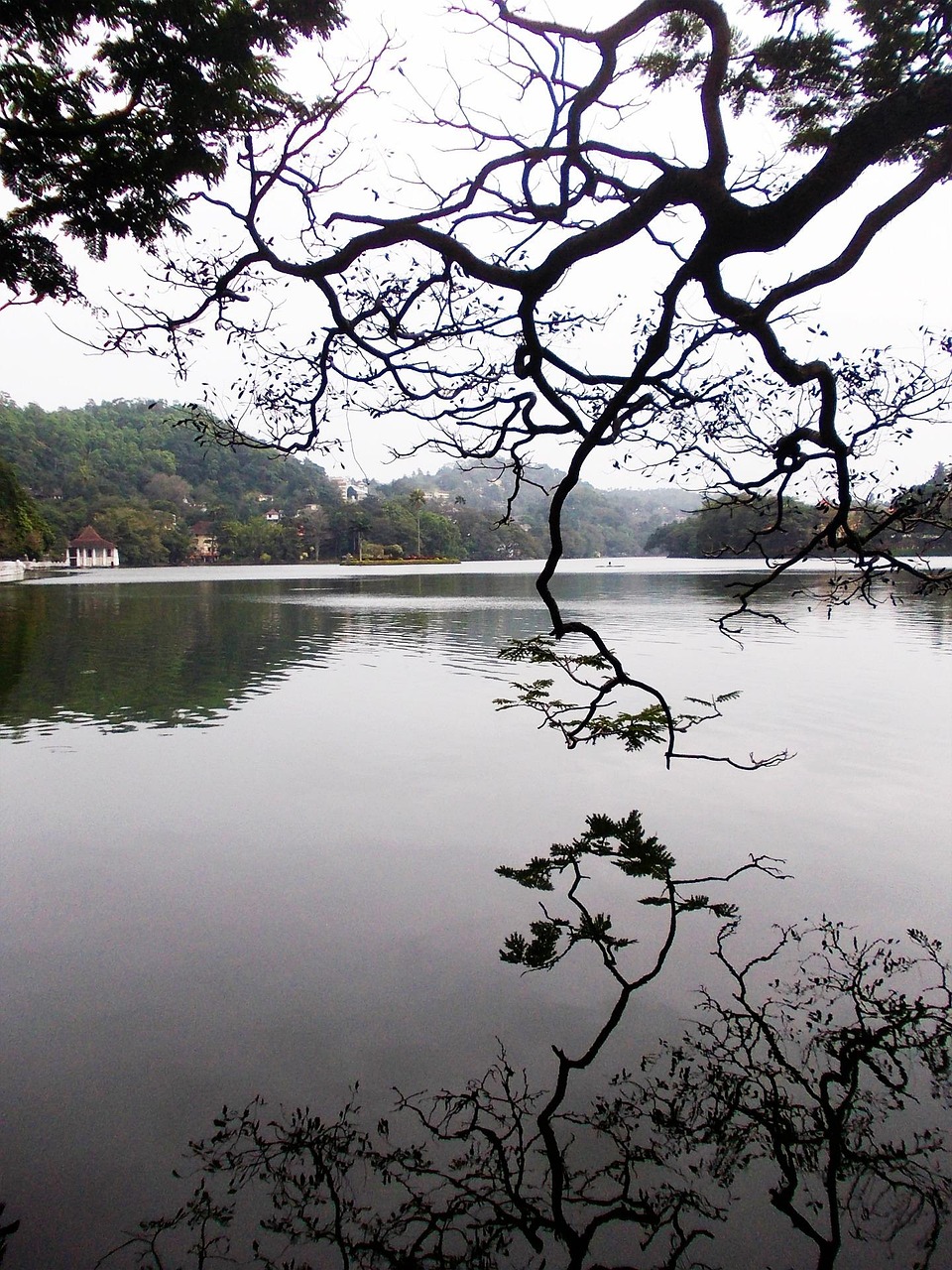
Follow the riverbanks of the Hulu Ganga as it winds past small farms and rock pools. It’s ideal for a relaxed walk and even a quick dip. This spot is loved by families and solo walkers alike.
